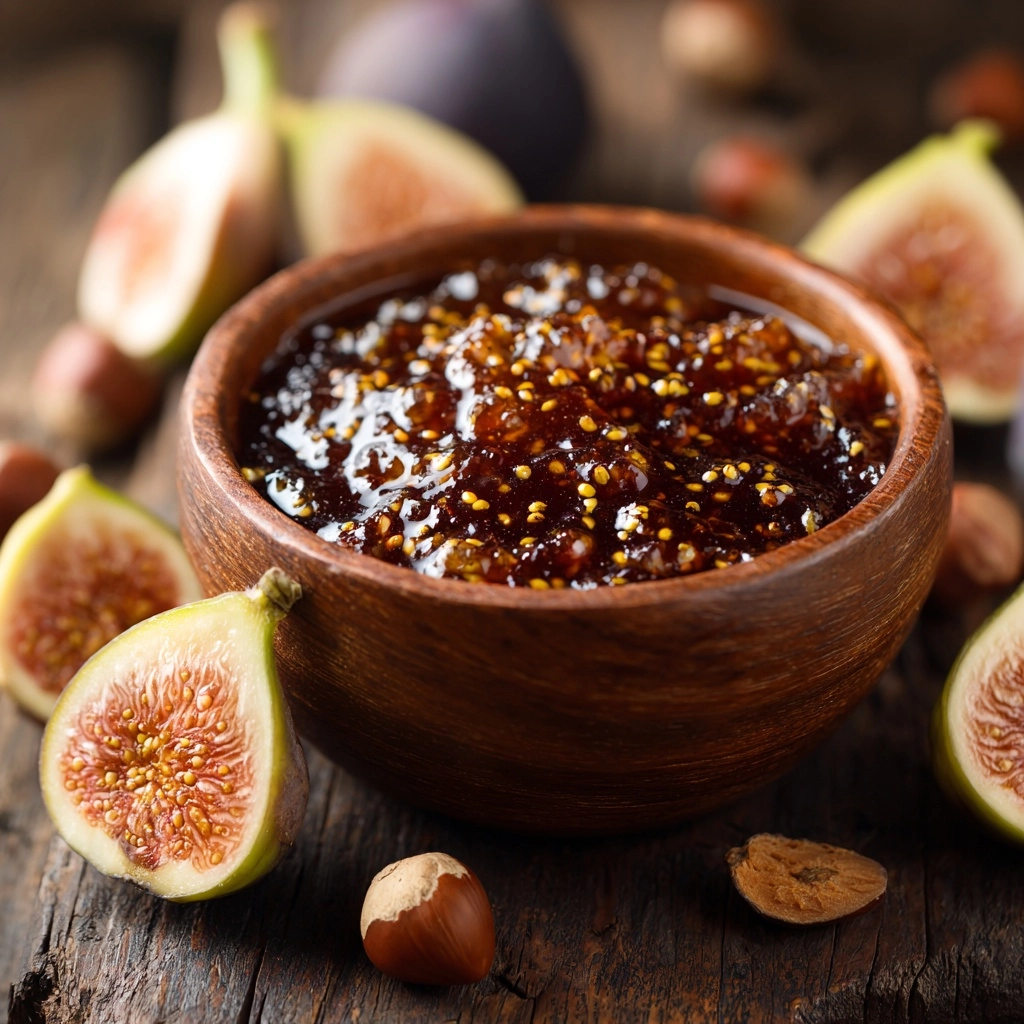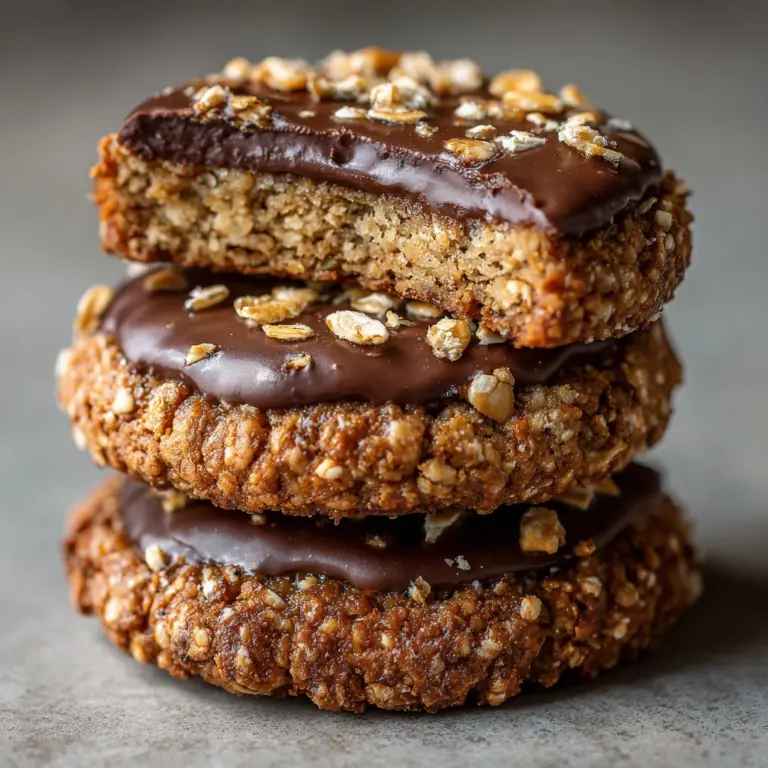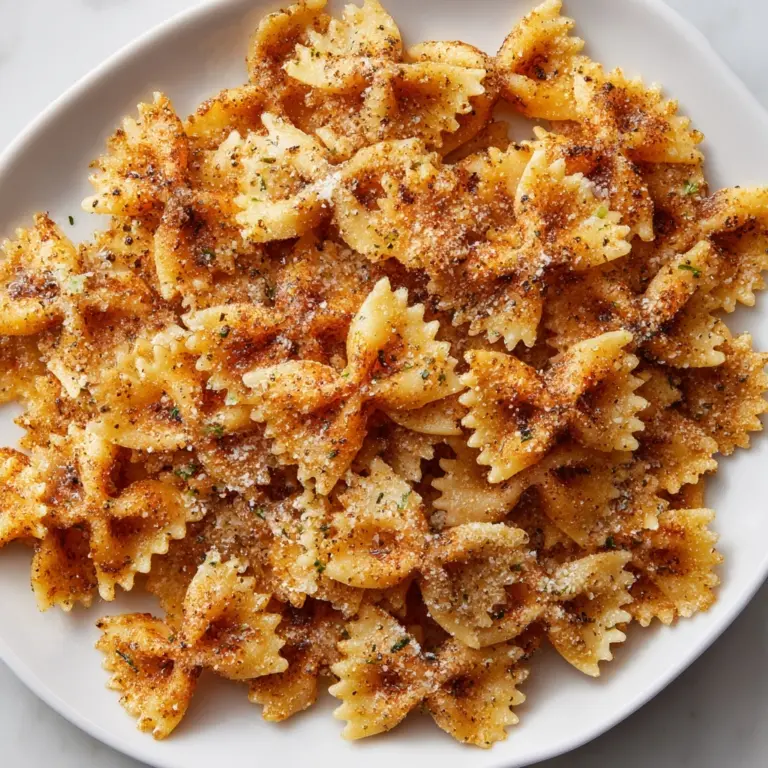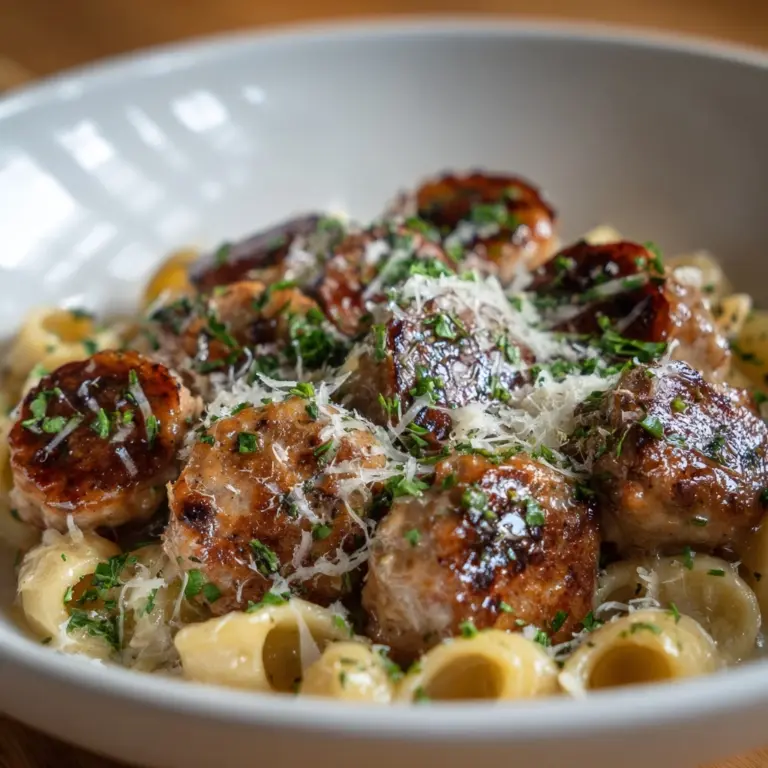Fig and Hazelnut Preserves are the kind of homemade treat that instantly upgrades any breakfast, cheese board, or afternoon snack. Imagine plump, ripe figs simmered gently with honey, fresh lemon, and warm spices, then finished with a generous handful of toasted hazelnuts for a nutty crunch. Each spoonful is a celebration of Mediterranean flavors, capturing the sweet earthiness of figs, the citrusy zip from lemon, and the irresistible aroma of roasted nuts. Whether you’re looking for a new favorite spread or an impressive homemade gift, this preserve is absolutely worth making from scratch!
Ingredients You’ll Need

Ingredients You’ll Need
The magic of Fig and Hazelnut Preserves lies in its handful of simple ingredients—each one brings something special to the jar. From the jammy figs to the bright lemon and crunchy hazelnuts, every element has a role in creating incredible depth of flavor and a beautiful texture.
- Fresh Figs: Choose figs that are ripe but still firm; their natural sweetness and jammy texture are the backbone of this preserve.
- Granulated Sugar: Essential for sweetness and for helping the preserves set to that perfect, spreadable consistency.
- Honey: Adds floral notes and a gentle complexity that pairs beautifully with figs and hazelnuts.
- Fresh Lemon Juice: Brightens the flavors and helps balance the sweetness, while also acting as a natural preservative.
- Lemon Zest: Gives a burst of citrusy aroma that lifts the whole preserve.
- Toasted Hazelnuts: Bring a delightful crunch and deep, roasted flavor—be sure to toast and peel them for the best results.
- Ground Cinnamon: Adds cozy warmth and a subtle spice that makes the figs sing.
- Ground Nutmeg: A pinch goes a long way to deepen the flavor and add a touch of mystery.
- Salt: Just enough to balance the sweetness and enhance all the other flavors.
How to Make Fig and Hazelnut Preserves
Step 1: Combine and Macerate the Figs
Begin by placing your quartered figs, sugar, honey, lemon juice, and lemon zest into a large, heavy-bottomed pot. Stir everything together until the figs are well-coated and the sugar starts to dissolve. Let this mixture sit for 30 minutes—this resting time allows the figs to release their juices, which helps everything cook evenly and creates a syrupy base for your preserves.
Step 2: Cook Down to Jammy Goodness
Once your figs have macerated, set the pot over medium heat and bring the mixture up to a gentle boil. Stir occasionally to make sure nothing sticks to the bottom. When it reaches a boil, reduce the heat to low and let it simmer uncovered for 45 to 50 minutes, stirring frequently. You’ll watch the mixture transform as it thickens to a luscious, jam-like consistency. If you like a smoother preserve, you can mash the figs lightly with the back of your spoon as they cook.
Step 3: Spice and Finish with Hazelnuts
When your preserve is gloriously thick and sticky, stir in the ground cinnamon, nutmeg, and salt. These spices give Fig and Hazelnut Preserves their signature warmth and complexity. Remove the pot from the heat, and gently fold in the chopped, toasted hazelnuts. The nuts add a wonderful crunch and toasty flavor that elevates the preserves to something truly special.
Step 4: Jar and Store
Allow your preserves to cool for a few minutes, then transfer them into sterilized jars. Seal the jars and refrigerate for everyday use, or process them in a boiling water bath if you want to store them at room temperature for several months. Either way, you’ll want to let the preserves cool completely before digging in—if you can resist!
How to Serve Fig and Hazelnut Preserves
Garnishes
A little flourish goes a long way! Try topping your preserves with a sprinkle of extra chopped hazelnuts, a curl of lemon zest, or even a few thinly sliced fresh figs for a stunning presentation. These touches add a pop of color and a hint at the flavors inside.
Side Dishes
Fig and Hazelnut Preserves are a dream with creamy cheeses—think goat cheese, brie, or ricotta on crusty bread. They also shine alongside charcuterie, roasted meats, or as a sweet accent to grain salads. You can even swirl them into yogurt or oatmeal for breakfast that feels downright luxurious.
Creative Ways to Present
For a fun twist, spoon the preserves into individual ramekins or mini jars for a brunch buffet. Layer them into parfaits with yogurt and granola, or use them as a glaze for roasted chicken or pork. If you’re gifting, tie a ribbon around a jar and include a handwritten tag—everyone loves a homemade treat with a personal touch!
Make Ahead and Storage
Storing Leftovers
For short-term use, simply store your Fig and Hazelnut Preserves in the refrigerator. Make sure the jars are tightly sealed, and the preserves will keep for up to three weeks. Always use a clean spoon to avoid introducing any bacteria and keep the flavors fresh.
Freezing
If you want to keep your preserves for longer, freezing is a great option. Just ladle the cooled preserves into freezer-safe containers, leaving about half an inch of headspace to allow for expansion. They’ll keep beautifully for up to six months—just thaw in the fridge overnight when you’re ready to enjoy.
Reheating
Most of the time, you can serve Fig and Hazelnut Preserves straight from the jar. If you’d like them a bit looser for drizzling, gently warm the preserves in a saucepan over low heat, stirring often. This brings back their glossy texture and makes them perfect for spooning over pancakes, waffles, or warm toast.
FAQs
Can I use dried figs instead of fresh?
Yes, you can use dried figs if fresh ones aren’t available, though the texture and flavor will be a bit different. Soak the dried figs in warm water for at least an hour before using—they’ll plump up and blend better with the other ingredients.
What’s the best way to toast hazelnuts?
Spread whole hazelnuts on a baking sheet and roast them in a preheated 350°F oven for about 10–12 minutes, shaking the pan halfway through. Once toasted, wrap them in a kitchen towel and rub to remove most of the skins. The toasted nuts will have a deeper, richer flavor in your Fig and Hazelnut Preserves.
Can I reduce the sugar or use an alternative sweetener?
You can reduce the sugar a bit, but keep in mind that sugar helps with both preservation and texture. For a more natural option, swap some of the granulated sugar for maple syrup or agave, but the flavor and consistency may change slightly.
How do I know when the preserves are done cooking?
The preserves are ready when they’ve thickened to a jam-like consistency and a spoon dragged through the mixture leaves a visible trail that doesn’t fill in right away. If you’d like to be extra precise, you can check with a candy thermometer—the mixture should reach around 220°F.
Do I have to process the jars in a water bath?
If you plan to eat the preserves within a few weeks and keep them refrigerated, you can skip the water bath. For longer shelf stability at room temperature, it’s best to process the jars in a boiling water bath for 10 minutes to ensure they’re safely sealed.
Final Thoughts
There’s just something magical about making your own Fig and Hazelnut Preserves at home—the aroma, the anticipation, and finally, that first delicious taste. Don’t be surprised if you find yourself sneaking spoonfuls straight from the jar! I hope you’ll give this recipe a try and discover just how versatile and rewarding homemade preserves can be.
Print
Fig and Hazelnut Preserves Recipe
- Prep Time: 20 minutes
- Cook Time: 50 minutes
- Total Time: 1 hour 10 minutes
- Yield: 6 half-pint jars
- Category: Condiment
- Method: Stovetop
- Cuisine: Mediterranean
- Diet: Vegetarian
Description
Delicious homemade fig and hazelnut preserves combining the natural sweetness of fresh figs with the rich crunch of toasted hazelnuts. This Mediterranean-inspired condiment is perfect for spreading on toast, pairing with cheeses, or using as a flavorful glaze.
Ingredients
Main Ingredients
- 2 pounds fresh figs, stems removed and quartered
- 2 cups granulated sugar
- 1/4 cup honey
- 1/4 cup fresh lemon juice
- 1 teaspoon lemon zest
- 1/2 cup toasted hazelnuts, chopped
- 1/2 teaspoon ground cinnamon
- 1/4 teaspoon ground nutmeg
- 1/4 teaspoon salt
Instructions
- Combine Ingredients: In a large heavy-bottomed pot, mix the quartered figs, granulated sugar, honey, lemon juice, and lemon zest. Stir well and let the mixture sit for 30 minutes, allowing the figs to release their natural juices.
- Cook the Figs: Place the pot over medium heat and bring to a boil, stirring occasionally to prevent sticking. Once boiling, reduce heat to low and let simmer uncovered for 45 to 50 minutes, stirring frequently until the mixture thickens and reaches a jam-like consistency.
- Add Spices and Salt: Stir in the ground cinnamon, ground nutmeg, and salt to enhance the flavor of the preserves. Mix thoroughly to combine evenly.
- Incorporate Hazelnuts: Remove the pot from heat and gently fold in the chopped toasted hazelnuts, ensuring they are evenly distributed throughout the preserves without breaking down.
- Cool and Store: Allow the preserves to cool slightly before transferring them into sterilized jars. Seal the jars and refrigerate for short-term use or process in a water bath for longer shelf storage.
Notes
- For a smoother texture, lightly mash the figs during cooking.
- Toasting hazelnuts enhances their flavor; rub off skins after toasting for best texture.
- These preserves pair beautifully with cheeses, can be spread on toast, or used as a glaze for roasted meats.
Nutrition
- Serving Size: 2 tablespoons
- Calories: 95
- Sugar: 17 g
- Sodium: 15 mg
- Fat: 2 g
- Saturated Fat: 0 g
- Unsaturated Fat: 2 g
- Trans Fat: 0 g
- Carbohydrates: 20 g
- Fiber: 2 g
- Protein: 1 g
- Cholesterol: 0 mg








